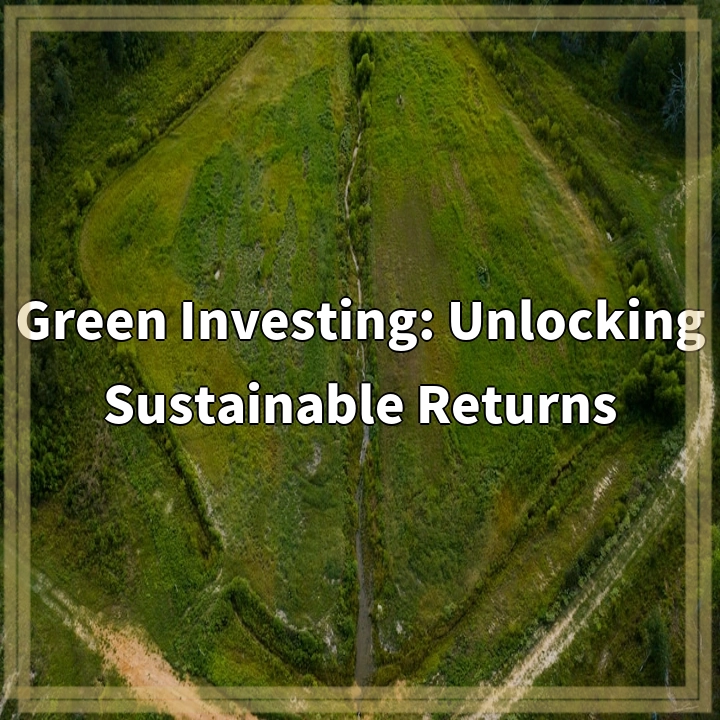
What is Environmental Film and Media?
Environmental film and media refer to the use of visual storytelling and digital platforms to raise awareness about environmental issues. This powerful medium has the ability to reach a wide audience and inspire action towards sustainability and conservation. Environmental films can take the form of documentaries, short films, feature films, or even online videos and web series. Additionally, environmental media includes websites, blogs, social media platforms, and podcasts dedicated to educating and engaging people on environmental topics.
Real-World Problems
The field of environmental film and media faces several challenges and real-world problems that can impact its effectiveness and reach. These challenges include:
1. Limited Distribution and Reach
Despite the growing popularity of environmental films, they often struggle to reach mainstream audiences. Independent films, in particular, face difficulties in securing wide-scale distribution and promotional opportunities. This can make it challenging for these films to have a significant impact on public awareness and behavior.
2. Lack of Funding and Resources
Producing high-quality environmental films and media requires financial resources, and securing funding can be a major obstacle. Limited budgets restrict the production value, marketing efforts, and overall reach of environmental films. Filmmakers and content creators often rely on grants, crowdfunding, and sponsorships to bring their projects to life.
3. Balancing Entertainment and Education
Environmental films and media face the challenge of balancing entertainment with education. While it is important to engage and captivate audiences, it is equally essential to provide accurate information and scientific facts. Achieving this balance ensures that viewers are both entertained and informed, motivating them to take action.
4. Overcoming Viewer Apathy and Distraction
Environmental issues can be overwhelming, and viewer apathy or distraction can prevent the desired impact. To overcome this, environmental films need to find creative ways to engage viewers emotionally and intellectually. Compelling narratives, compelling visuals, and relatable stories can help capture the audience’s attention and inspire them to become advocates for change.
5. Addressing Cultural and Language Barriers
Environmental films and media often need to address cultural and language barriers to have a global impact. Translating films into multiple languages, adapting content to different cultural nuances, and leveraging local partnerships are important strategies for overcoming these obstacles. By making environmental messages accessible to diverse audiences, films can have a broader reach and influence.

Solutions for Environmental Film and Media
To address the challenges faced by environmental film and media, several solutions can help enhance its reach and impact. These solutions include:
1. Strategic Distribution and Promotion
To maximize the reach of environmental films, filmmakers and distributors can adopt strategic distribution and promotion strategies. This includes partnering with film festivals, leveraging online platforms for streaming and distribution, and collaborating with environmental organizations to host screenings and awareness campaigns.
2. Diversification of Funding Sources
To overcome limited funding, filmmakers and content creators can explore multiple funding sources. This includes traditional grants and funding opportunities, crowdfunding platforms, corporate sponsorships, and partnerships with environmental organizations and foundations. Diversifying funding sources can help secure the necessary resources for production and marketing efforts.
3. Engaging Storytelling and Creative Formats
To strike a balance between entertainment and education, environmental films and media can focus on engaging storytelling and creative formats. Compelling narratives, visually stunning cinematography, and innovative storytelling techniques can captivate audiences while still delivering important environmental messages. This can draw viewers in and inspire them to take action.
4. Collaborations and Partnerships
To overcome viewer apathy and distraction, environmental films and media can forge collaborations and partnerships. By working with influential individuals, organizations, and communities, films can tap into existing networks and leverage their platforms for increased exposure and impact. This can help reach a broader audience and create a ripple effect of change.
5. Localization and Translation
To address cultural and language barriers, environmental films and media can invest in localization and translation efforts. This includes translating films into multiple languages, offering subtitles or dubbing options, and adapting content to resonate with diverse cultural contexts. Additionally, partnering with local filmmakers and organizations can enhance authenticity and relevance.
6. Education and Outreach Programs
To further the impact of environmental films and media, accompanying educational and outreach programs can be developed. This can involve creating discussion guides, organizing workshops and screenings in schools and universities, partnering with NGOs for grassroots initiatives, and utilizing social media platforms to foster ongoing dialogue and engagement with the audience.















